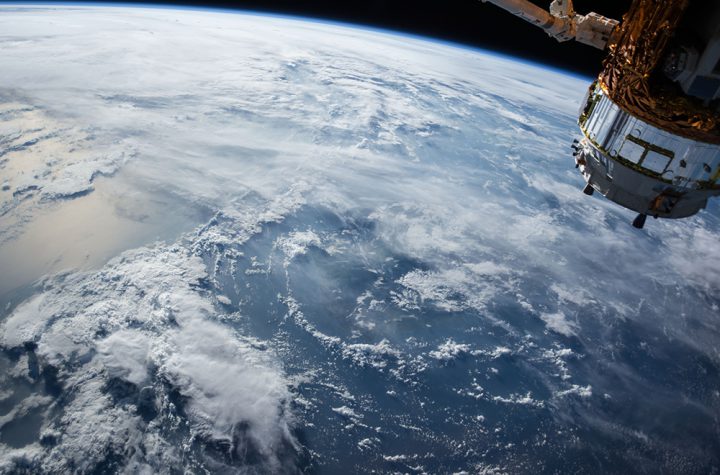
Democratic Rep. Adam Schiff laid out his case for why President Donald Trump should be removed from office in the Senate impeachment trial on Wednesday, ripping into Trump’s “assortment of shifting explanations” for freezing military aid to Ukraine.
In the process, Schiff highlighted a new discrepancy in one of Trump’s key justifications for putting a hold on the roughly $400 million in security assistance to Kiev as he pressured Ukrainian President Volodymyr Zelensky to open investigations into his political rivals.
Trump has said that he withheld the aid over concerns about corruption in Ukraine. He also said he was concerned about burden-sharing with other European countries, calling on them to provide more funds to Ukraine.
These talking points have been undermined in numerous ways. But Schiff on Wednesday also pointed to the contradiction between Trump’s claims that he wanted Ukraine to crack down on corruption and his administration’s efforts to conceal the aid freeze from the public. This is where the California lawmaker poked a new hole in Trump’s explanations for the aid freeze, which was recently characterized as illegal by the US Government Accountability Office, a nonpartisan watchdog.
“If the president was fighting corruption, if he wanted Europeans to pay more, why would he hide it from us?” Schiff said. “Why would he hide it from the Ukrainians? Why would he hide it from the rest of the world? If this was a desire for Europe to pay more, why wouldn’t he charge [US Ambassador to the EU Gordon] Sondland to go ask Europe for more? Why wouldn’t he be proud to tell the Congress of the United States, ‘I’m holding up this aid, and I’m holding it up because I’m worried about corruption?'”
“Why wouldn’t he? Because of course it wasn’t true,” Schiff said.
—Aaron Rupar (@atrupar) January 22, 2020
Trump’s own officials confirmed, before Congress signed off on the aid, that Ukraine had met all the conditions for anticorruption efforts and reforms.
The State Department, Pentagon, and other executive agencies and intelligence officials “repeatedly made this clear as the hold remained and threatened the ability of the agencies to spend the money before the end of the fiscal year,” Schiff, who’s one of seven House impeachment managers, said before the Senate.
Undersecretary of Defense for Policy John Rood in May, for example, sent a letter to four congressional committees, informing the lawmakers that he “certified that the Government of Ukraine has taken substantial actions to make defense institutional reforms for the purposes of decreasing corruption [and] increasing accountability.” This certification was required by law.
Schiff added that Trump only asked about foreign countries contributing aid to Ukraine in September — almost two months after he initially froze US security assistance — “as it became clear that the public, Congress, and a whistleblower were becoming aware of the president’s scheme.”
Moreover, European countries contribute far more in aid — which is mostly economic, while the US’s also includes military support — to Ukraine than the US does. A 2018 report from the UK-based think tank Chatham House said that the European Union is “the biggest donor in Ukraine.” From 2014 to 2017, European countries gave $1.8 billion in development assistance to Ukraine, according to the Organization for Economic Cooperation and Development, while the US gave $926 million.
After months of keeping the aid on hold, the Trump administration released it on September 11. This was just two days after three congressional committees launched investigations into allegations that Trump and his personal lawyer, Rudy Giuliani, engaged in efforts to pressure Ukraine into launching investigations to boost his 2020 reelection campaign by digging up dirt on rivals.
Ukraine is engaged in an ongoing conflict against pro-Russian separatists in the eastern part of the country, which began in 2014. Over the course of the war, it’s estimated over 14,000 people have been killed, while roughly 1.5 million have been displaced.




More Stories
As the pandemic wreaks havoc on TV and movie ‘love lives’, intimacy coordinators need to find ways to adapt